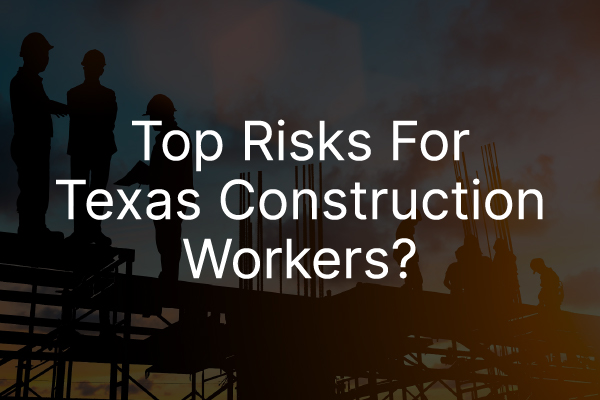
Understanding Site Hazards for Texas Construction Workers
- Increased Risk of Injury Due to Construction Site Hazards in Texas
- Common Workplace Injuries Among Texas Construction Workers
- Alarming Construction Workplace Accident Statistics in Texas
- Seeking Compensation After a Work Injury: How a Dallas Personal Injury Attorney Can Assist
- Hernandez Law Group, P.C. Can Help You Get the Compensation You Deserve in Dallas, Amarillo, and Abilene
- Your Rights and Options: Work Injury Claims FAQs
- Additional Resources:
Currently, there are over 800,000 individuals employed in construction roles in the State of Texas. In 2021, the Bureau of Labor Statistics reported 5,190 fatal work injuries in the U.S. with 20% of those being from the construction industry. If this trend continues, that means 160,000 out of the 800,000 construction employees may be at risk of being involved in a fatal construction accident.
Part of the responsibility of Texas Construction employers and Texas workers is to understand the most common risks that these employees face on a day-to-day basis. With this understanding, Texas employers will be able to make better safety decisions and hopefully reduce the risk of accidents that lead to serious injuries or even death.
The work accident attorneys at the Hernandez Law Group, P.C. have seen the horrific results of life-altering injuries that were caused by preventable work accidents. Whether that is a piece of machinery that wasn’t properly cared for, employers pushing workers too hard, or employers cutting corners to decrease costs, the bottom line is, that the employee is the one that suffers. Our personal injury attorneys are strong advocates for construction employees across the Dallas/Fort Worth Metroplex, Abilene, and Amarillo communities.
In this article, our attorneys highlight the top risks that Texas construction workers face, what can be done to prevent these injuries, and how employees who do find themselves in an unfortunate accident can get the compensation they deserve.
Increased Risk of Injury Due to Construction Site Hazards in Texas
Texas construction workers face an increased risk of injury due to the nature of their job. However, negligence also plays a part in most of the serious injury and fatal injury accidents on Texas construction sites. Here are the construction site hazards that often lead to the most injuries:
Incorrect Construction Scaffolds
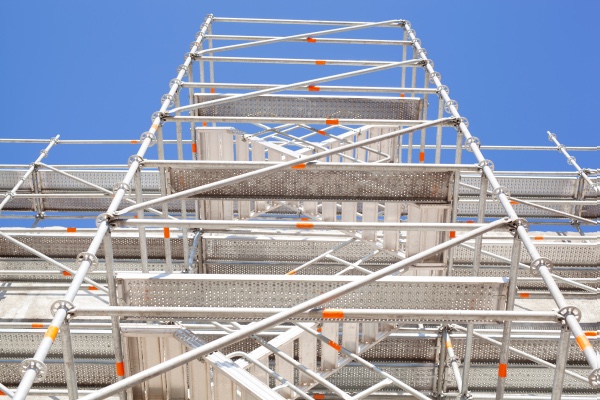
Scaffolding that has been incorrectly erected or the improper usage of scaffolding creates a serious health hazard and accident risk for construction workers. The Occupational Safety and Health Administration estimates that 2.3 million construction workers will spend time working on scaffolding. Accidents while working on scaffolding have led to about 4,500 injuries and 50 fatalities every year.
What Is a Scaffold?
A scaffold is an elevated, temporary work platform that comes in two different types:
- Supported Scaffolds: consists of one or more platforms supported by rigid, load-bearing members, such as poles, legs, frames, outriggers, etc.
- Suspended Scaffolds: Consists of one or more platforms suspended by ropes or other non-rigid overhead support. This included large pieces of construction equipment, such as scissor lifts and aerial lifts.
What Are the Risks Of Working With a Scaffold?
- Improper access to get on and off the scaffold
- Scaffolding collapse accidents
- Electrical accidents on scaffolding
- Fall accidents
- Instability of the scaffolding
- Getting struck by falling materials
What Steps Can Texas Construction Employers Make to Protect Workers From Scaffold-Related Accidents?
- The scaffold should be erected on solid, level footing.
- It should be strong enough to handle 4 times the maximum intended load.
- Scaffolding should be erected using appropriate supports and not with unstable objects such as bricks, blocks, and barrels.
- Scaffolding should never be moved, altered, built, or dismantled without the supervision of a qualified professional.
- Scaffolds should be equipped with proper guardrails, mid-rails, and toeboards
- Scaffold accessories such as braces, brackets, trusses, or ladders should be in good working order. Damaged accessories should be replaced immediately.
- Platforms should be tightly planked with scaffold-grade material.
- A qualified person should inspect the scaffolding before use and re-inspect it when needed.
- Suspension scaffolds should be inspected before and after any event that would have affected the structural integrity, such as a major storm.
- Workers should be properly trained on how to use proper fall protection and behaviors on the scaffolding.
- Scaffolds should be accessed using a secure ladder and stairwells.
- Scaffolds should be at least 10 feet from electric power lines.
There Is a Lack of Fall Protection
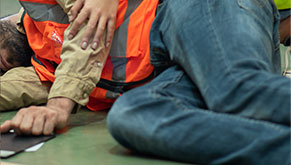
OSHA reported in 2021, that fall accidents resulted in 37% of construction deaths. Unstable working surfaces, incorrect usage, or not using, fall protection equipment, and human error all contribute to these types of accidents. The sad part about these types of accidents is that most of them could have been prevented.
What Steps Can Employers Take to Protect Workers From Fall Accidents?
- Use aerial lifts of elevated platforms for safer working surfaces
- Use guardrail systems, toeboards, warning lines, or control line systems to ensure workers who are working near the edge of roofs and floors are protected
- Cover holes with sturdy material
- Use safety net systems or personal fall arrest systems for all workers who are working off the ground
- Make sure all employees are properly trained on how to work from heights and how to use safety equipment properly
- Ensure that all safety equipment is properly maintained and any damaged equipment is replaced immediately
Improper Usage of Ladders
Stairways and ladders are useful tools but they can be dangerous if not used properly. The Bureau of Labor Statistics reports that more than 22,710 serious injuries occurred in 2020 due to falls from ladders while on the job. Half of these falls require extensive medical treatment and many workers are unable to return to work after recovery.
How Can Employers Protect Construction Workers From Ladder Accidents?
- Use the correct ladder for the task.
- Inspect all ladders for structural damage that can result in slips or ladder collapse.
- Make sure that workers use ladders that are long enough to properly reach the work area.
- Discard damaged ladders to avoid further usage.
- Do not load a ladder beyond the maximum intended load capacity or the manufacturer’s rated capacity.
- Do not load ladders with metal components near power lines.
- Clean up any slippery conditions on the ladder, such as spilled paint, immediately.
Improper Usage of Heavy Equipment on Job Sites in Texas
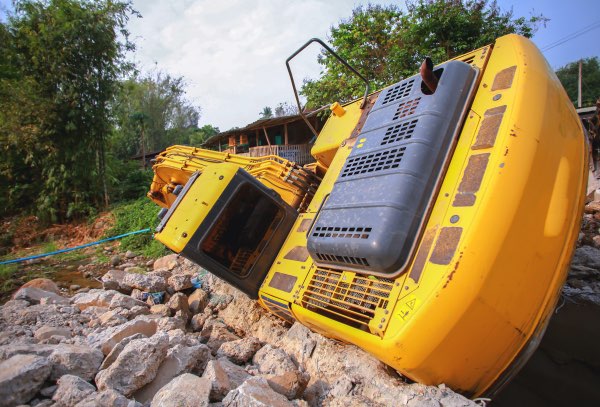
Heavy equipment is one of the most dangerous parts of any Texas construction site. Designed to perform specialized tasks, these machines need individuals who have been properly trained to operate them. Without the knowledge of how to safely operate the equipment, their size and power can lead to horrific injuries and, in the worst cases, death.
There is a wide range of types of heavy machinery. These are the most common types seen in Texas:
- Forklifts
- Excavators
- Bulldozers
- Graders
- Cranes
- Compactors
- Pavers
What Can Texas Employers Do to Protect Employees From Heavy Equipment Work Accidents?
Every piece of heavy machinery has basic guidelines that operators must follow to keep themselves and fellow employees safe. Some of the guidelines are as follows:
- Ensure all operators hold the correct licenses and have completed all training for that machine.
- Read and understand the operating manual for heavy equipment.
- Check the job site and heavy equipment for hazards.
- Create a dedicated path for the vehicle’s movement through the work site.
- Establish a limited-access zone for equipment with a swing radius.
- Use a spotter when necessary for complete visibility.
- Follow all lockout/tagout procedures.
Failure to Properly Communicate Potential Hazardous Materials
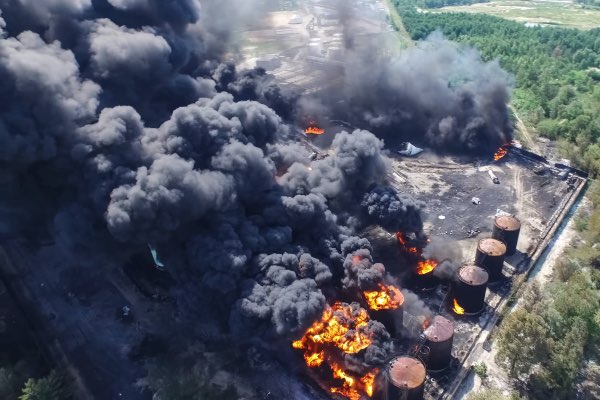
Construction sites may have hazardous materials onsite that can lead to chemical burns, and health issues such as respiratory problems, fires, and explosions. Workers need to be made aware and properly trained on how to handle these chemicals to prevent serious injuries and fatal accidents.
How Can Employers Keep Texas Construction Workers Safe?
- Make sure there is a material safety data sheet (MSDS) for every chemical at the site.
- Ensure the information is available to all employees in a language or format that can be clearly understood.
- Train employees on the proper usage and handling of chemicals and how to read the MSDS.
- Always handle hazardous materials according to the manufacturer’s safety guidelines.
- Train employees on the risks of each chemical that may be present at the job site.
- Provide adequate spill cleanup kits where chemicals are being used or stored.
- Have a written spill control plan in place. Ensure it is posted in an area visible to all workers.
- Train employees on handling a chemical spill, such as cleaning it up, protecting themselves, and properly disposing of materials.
- Provide personal protective equipment and ensure that all employees are using it properly.
- Store all chemicals in a safe location based on the manufacturer’s instructions.
Common Workplace Injuries Among Texas Construction Workers
Workers who experience an accident on the job site may sustain serious injuries that include but are not limited to the following:
- Burns
- Electrocution
- Eye Injuries
- Broken Bones
- Lacerations
- Knee Injuries
- Ankle Injuries
- Spinal Cord Injuries
- Illnesses caused by toxic chemical exposure
- Traumatic Brain Injuries
- Head Injuries
- Shoulder Injuries
- Back Injuries
In worst cases, a construction site accident may be fatal and lead to a wrongful death.
Alarming Construction Workplace Accident Statistics in Texas
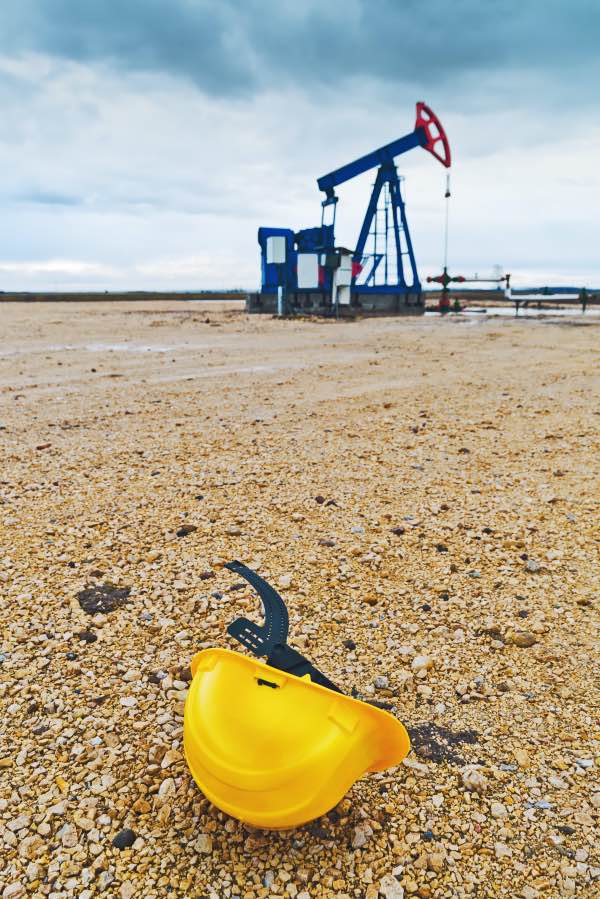
The Texas Census of Fatal Occupational Injuries released a study in 2021 that reported 127 fatalities in the construction industry alone in Texas. Across the United States, there were 1,043 deaths nationally which means that Texas accounted for 12% of all fatal construction accidents in the United States.
Out of the 127 fatalities in Texas that took place in the construction industry in 2021, 33 of those were in the heavy and civil engineering construction field.
Seeking Compensation After a Work Injury: How a Dallas Personal Injury Attorney Can Assist
Construction accidents are often horrific due to the nature of the job. These accidents often lead to serious injuries and, in the worst cases, death. Many of these workers are unable to return to their jobs, as their injuries are so significant that they cannot make a full recovery. On top of all that, the medical expenses and damages can create financial hardship for the victims and their families.
On a brighter note, there are some ways that workers can receive compensation to help cover the cost of medical expenses, regardless of whether the company that they work for has workers’ compensation or not. Here is what Texas construction employees need to know about their legal options for compensation.
Understanding Texas Worker’s Compensation Insurance
Worker’s compensation insurance was designed to provide medical and financial benefits to employees who have been injured on the job. Unfortunately, Texas does not require private businesses to carry worker’s compensation insurance. Private employers are allowed to choose whether or not they are a subscriber, one who carries worker’s compensation insurance, or a non-subscriber, an employer who chooses to opt out of that program.
Worker’s Compensation Subscribers
For employees whose employer is a subscriber, they can seek compensation by going through their worker’s compensation program. Texas ensures that employers who are carrying worker’s compensation are protected from employee lawsuits, making this a popular option.
However, in cases of gross negligence, employees are still able to claim additional compensation by filing a lawsuit against their employer. While the Worker’s Compensation Act of 1993 protects employers from lawsuits, this protection becomes void when there is evidence that the employer was grossly negligent, such as allowing employees to operate machinery without proper training or failing to provide the right equipment for employees to perform their duties safely.
Worker’s Compensation Non-Subscribers
If an injured employee’s employer is a non-subscriber, they will not have a streamlined process for receiving the compensation they deserve for their injuries. Some employers may have alternative coverage options, but these often will not get an employer the full compensation they deserve.
For a non-subscriber employee to get full compensation, they need to file a work accident lawsuit. This ensures that they can get compensation for things that are typically not covered under these alternative plans, such as future medical expenses and loss of earning capacity.
Hernandez Law Group, P.C. Can Help You Get the Compensation You Deserve in Dallas, Amarillo, and Abilene
If you or a loved one has suffered a work accident in Dallas, Amarillo, or Abilene Texas then you will want the legal guidance of the work accident lawyers at the Hernandez Law Group. Even if your employer carries worker’s compensation insurance, our attorneys can still aid you in ensuring that they are not cheating you out of the compensation you deserve.
We have experience in earning clients the full compensation they deserve in non-subscriber cases and proving gross negligence in subscriber cases. Juan Hernandez is one of the few Texas attorneys who is board-certified in personal injury law. You can trust in our experience in your work injury case. We handle all construction accidents along with the following:
Contact us today for more information on our services or to schedule an appointment to go over the facts of your case.
Your Rights and Options: Work Injury Claims FAQs
If you were injured in a construction site accident, you will need to take the following steps to keep yourself safe, ensure you get the medical treatment you need, and set yourself up to get the compensation you deserve.
1. Report the accident to your supervisor
2. If possible, take pictures of the scene of the accident and any injuries you sustained
3. Seek out medical attention
4. Keep track of all insurance information
5. Do not speak to anyone or sign anything concerning your injury
6. Contact a work injury attorney
The statute of limitations in Texas for work injury claims is one year from the date the injury occurred.
Yes. The state of Texas follows a modified comparative negligence law which means that injured employees, even if they were at partial fault for the accident, can claim compensation. However, their part of the responsibility cannot exceed more than 50 percent.
A work injury attorney, such as the lawyers at the Hernandez Law Group, can help you in all aspects of your case. This includes gathering all necessary evidence to show the negligence that caused your accident, pursuing the full compensation of worker’s compensation benefits, or going after any third party that may have contributed to your accident.
Experienced work injury attorneys do not back down from a challenge and continue to strive for what is best for their clients. Our attorneys are no different. We help you understand all of your legal options and are fully prepared to take your case to court if we cannot settle it outside of court. We do not accept anything less from the responsible party than what you deserve.
Compensation you could be eligible for includes the following:
1. Medical expenses
2. Future medical expenses
3. Damages to personal property
4. Lost Wages
5. Pain and Suffering
No. In some cases, such as injured employees whose employer is a subscriber, a lawsuit may not be possible for them. In these cases, only the evidence of gross negligence would permit an injured employee to pursue compensation through a lawsuit.
There are tons of work injury attorneys out there but here are some tips on how you can choose the right one for your needs:
1. Read the attorney’s reviews or look for referrals.
2. Treat the initial consultation as an interview. Here are some questions you can ask:
*How many years have they been handling work injury cases?
*How much of the practice is dedicated to work injury?
*Can the attorney represent you throughout the entire process, including the filing lawsuit, the discovery process, mediation, and court?
*Can they provide references of former clients for you to talk to?
*Do they also represent employers or insurance companies or do they only represent injured workers?
*Are they a member of any professional organizations?
*Are they board-certified?
*How do their attorney fees work?
*Will they be charged for litigation-related expenses?
*How do they estimate the value of your case?
